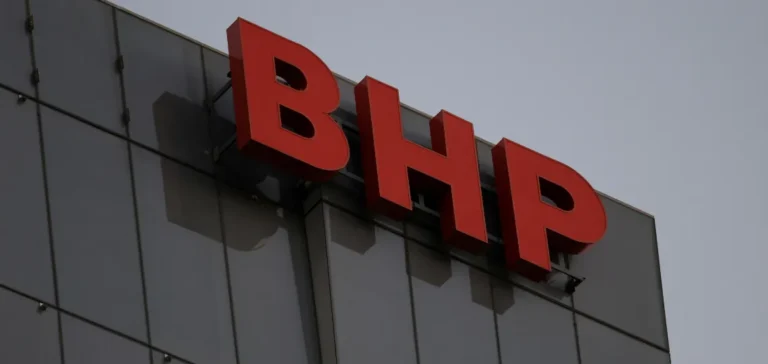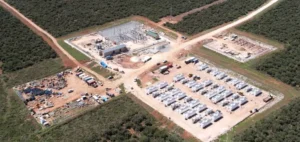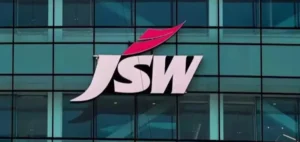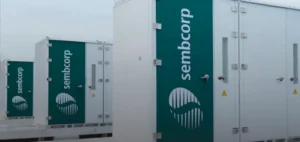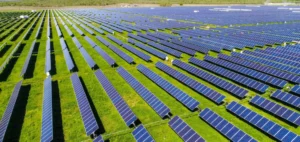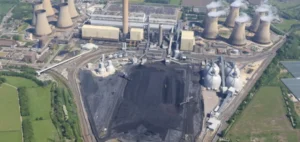Mining giant BHP Limited has stated that developing a “green iron” industry in Australia is not economically viable, even as Australian Prime Minister Anthony Albanese signalled closer ties with China to accelerate the decarbonisation of the steel supply chain. According to Geraldine Slattery, President of BHP Australia, production costs for low-carbon iron in the country would be “double those of the Middle East and China”, including public policy support.
Industrial and economic challenges
Talks between Australian and Chinese leaders took place this week with mining sector executives in attendance, amid efforts to create new industrial synergies. The global steel industry, whose supply chain generates nearly 10% of global emissions, is currently under pressure to reduce its carbon impact. However, BHP Limited stated that its strategy does not include direct production of low-carbon iron or steel in Australia.
The country supplies about 60% of China’s iron ore requirements, but the ore quality is insufficient for direct conversion to low-emission steel using renewable energy. An additional processing step is therefore needed—a step which, according to industry sources, may only become profitable in the next decade.
Public investment and private initiatives
To boost the sector, the Australian government allocated a budget of AUD1bn ($673mn) in February to support green iron production and its logistics chain. Despite this support, high energy costs and rising labour prices continue to hinder the competitiveness of the Australian industry.
Major players including BHP Limited, Rio Tinto Limited and Bluescope Steel Limited announced a joint pilot project in December, based on the use of renewable energy and direct reduction iron technology, with a potential launch date in 2028. Fortescue Metals Group Limited also plans to produce low-carbon iron from a pilot plant this year.
BHP Limited’s decision not to invest in large-scale domestic production comes as industry players seek to diversify beyond raw material exports, which have an annual value of about AUD370bn ($242bn).
The prospects for Australia’s green iron sector remain tied to developments in the global market and the competitiveness of new technologies. “Even with generous policy support, the cost of production in Australia does not align with leading competitors,” Geraldine Slattery stated in a social media post, quoted by Reuters on July 16.


